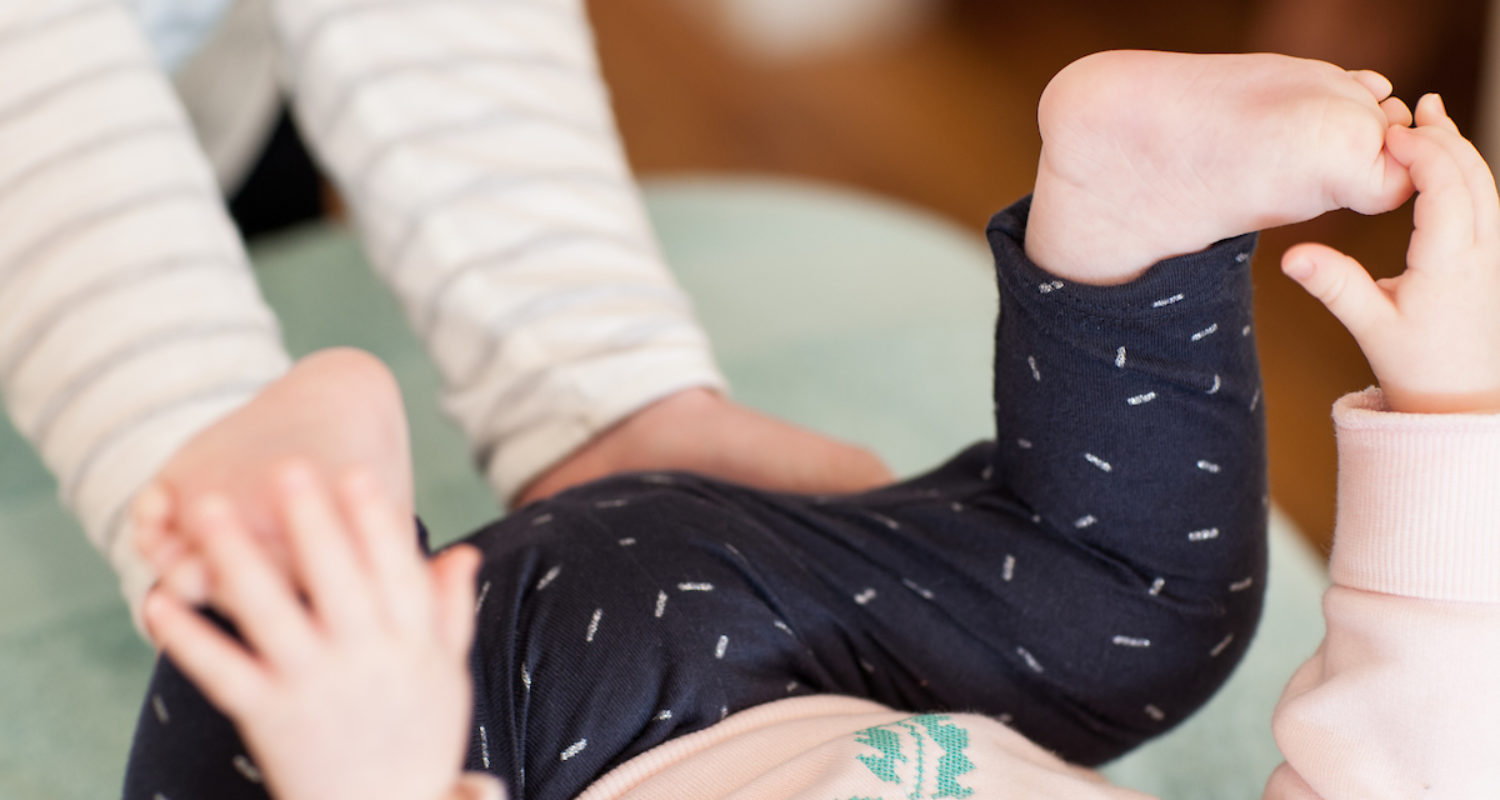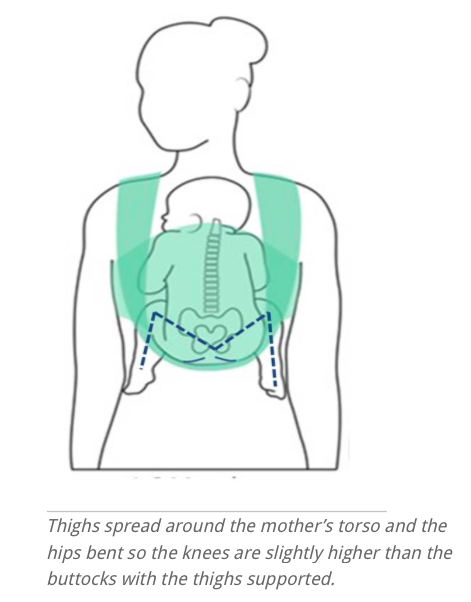
HIP DYSPLASIA
What is Hip Dysplasia?
Hip Dysplasia is a condition often picked up in newborns when the ‘ball and socket’ joint of the hip don’t fit together correctly potentially resulting in increased risk of joint dislocation. The hip joint is made up of 2 bones; the femur (thigh bone) and the acetabulum (part of the pelvic bone). These bones make up a ‘ball and socket’ joint which is supported by ligaments to create a strong and stable joint. IN hip dysplasia the ‘socket’ is shallower than normal, and slack ligaments may also allow the ‘ball’ to slip out of the joint.
Some other medical names/terms used:
- Developmental Dislocation of the Hip (DDH)
- Developmental Dysplasia of the Hip (DDH)
- Acetabular Dysplasia
- Congenital Dislocation of the Hip (CDH)
What causes hip dysplasia?
The jury is still out as to the actual reason behind hip dysplasia however the below factors are thought to contribute:
- Breech position pre birth
- It appears to be more common in girls than boys
- Multiple births ie twins/triplets etc – less space for each bub
- Genetics appears to play some role
- Other congenital disorders such as spina bifida and cerebral palsy
Signs and Symptoms of hip dysplasia
Doctors and nurses do regular checks of your little ones hips, but it can be hard to pick up. Below are some things to look for:
- Uneven creases around the buttocks
- Has a turned out foot
- Different leg lengths
- A low clunk or click sound when you move their legs around, not a snapping sound can be normal.
- Weight-bearing to one side when sitting, or starting to walk.
Things you can do at home
- Encourage – Natural leg position. Legs bent at knee and turned out at hip (froggie position)
- Avoid – Tight swaddling around the legs. Legs should be free to move.
- Avoid – Baby seats, car seats, carriers, and slings that bring legs together at the knees. The legs should not hang or be stretched straight out and together.
- Encourage correct position of the hips when using a baby carrier by using one with a wide base of support under the baby’s bottom and upper thigh. It is important for the upper thigh to be supported with the knee slightly higher than the hip thus preventing the weight of the leg hanging from the hip joint.

Osteopathy and Hip Dysplasia
While medical management is generally required for hip dysplasia, usually bracing. Osteopathy can complement the treatment by:
- Supporting the child’s body through the changes made by any medical intervention.
- May help reduce any musculoskeletal or mechanical strains in the opposite hip, lower back and sacrum area.
- Advise on at home strategies
- As they grow up, osteopathy can help with low impact exercises for strengthening the hips, lower back and legs
